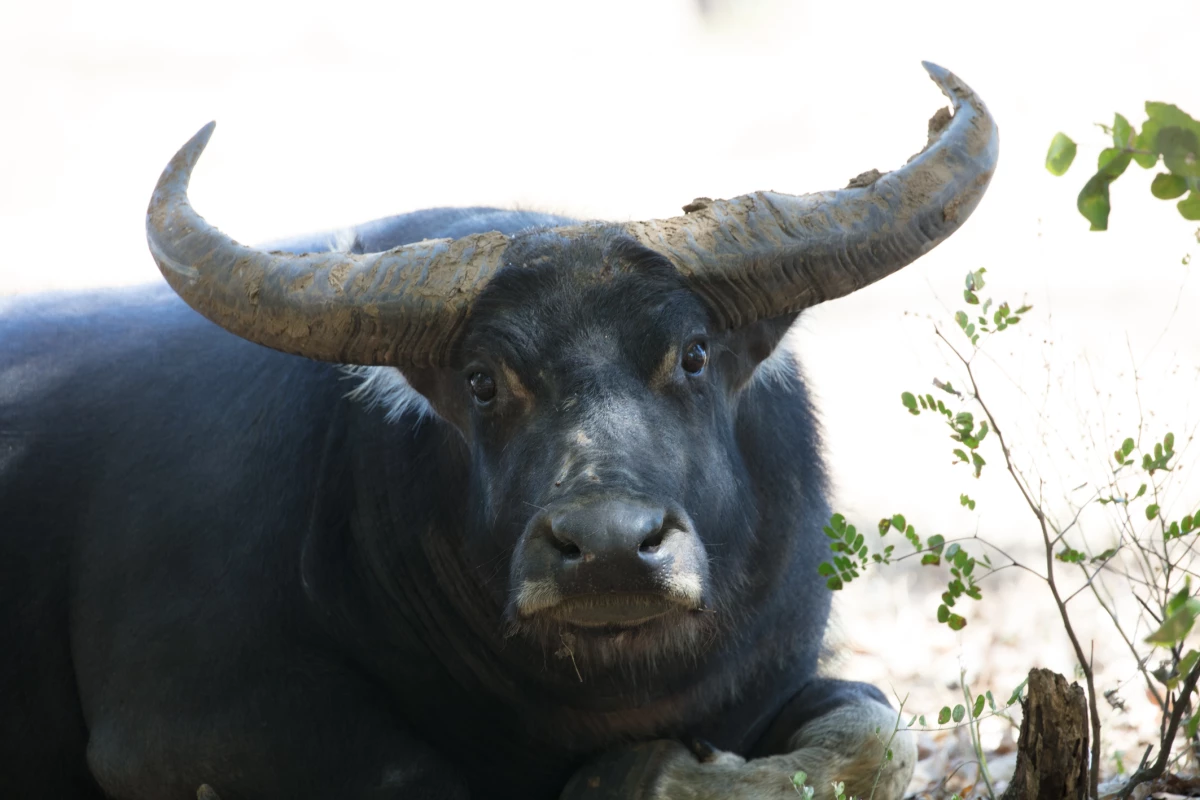Buffalo were imported to the northern regions of Australia as working animals and a source of food in the first half of the 19th century, but have since been left to their own devices. The wild animals, along with feral cattle, now cause all sorts of damage to the environment by destroying vegetation, eroding soil and spreading weeds, but a major new wildlife tagging venture could greatly reduce their impact, by making them part of the "world’s largest satellite herd-tracking program."
Announced today, the new project is a collaboration between the Commonwealth Scientific and Industrial Research Organisation (CSIRO), a number of Australian universities and several indigenous land management organizations. The idea is to track the pests to help authorities better direct resources for the purposes of conservation, with the preservation of indigenous cultural sites a key priority.
The project will see GPS-tracking tags attached to the ears of more than 1,000 feral buffalo and cattle that roam a combined area of around 22,300 sq km (8,600 sq mi), which will provide authorities with real-time geographic data on their movements. This can then offer insights into herd density and the best way to manage big clusters of the wild animals.

"Using the information the ear tags generate, rangers and land managers can access more precise decision-making tools about where they focus efforts to reduce the impacts of buffalo and cattle grazing and eroding native flora and fauna," says Ricky Archer, chief executive of the North Australian Indigenous Land and Sea Management Alliance. “As our environment recovers, it will be more resilient in the face of fires, invasive plants and climate change, and we’ll be able to protect sites of cultural significance to Indigenous Australians."
In addition to the environmental and cultural benefits of the program, it is also expected to have a positive economic impact on the local communities.
"Over the course of the project, we’ll also be developing best-practice ethical mustering and handling guidelines so these animals can become part of the ethically-sourced meat industry, creating more jobs in our communities."
The AU$4 million project (US$2.6 million) project will run for 3.5 years.
Source: CSIRO






